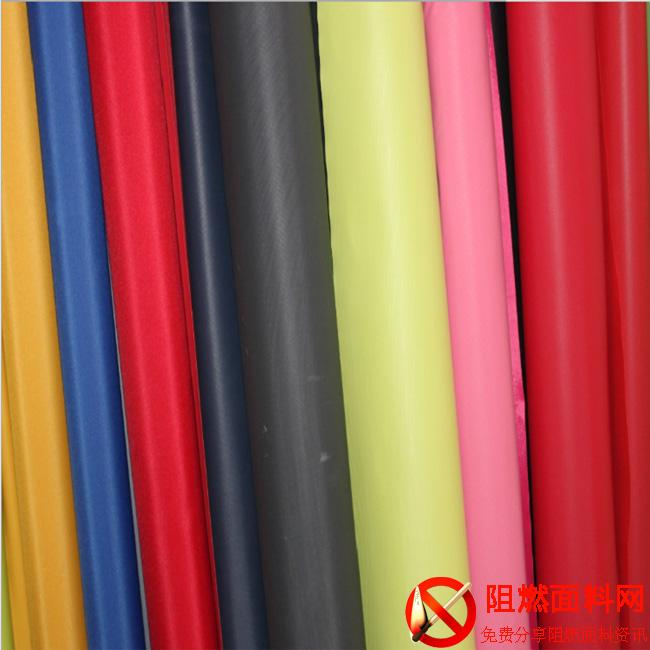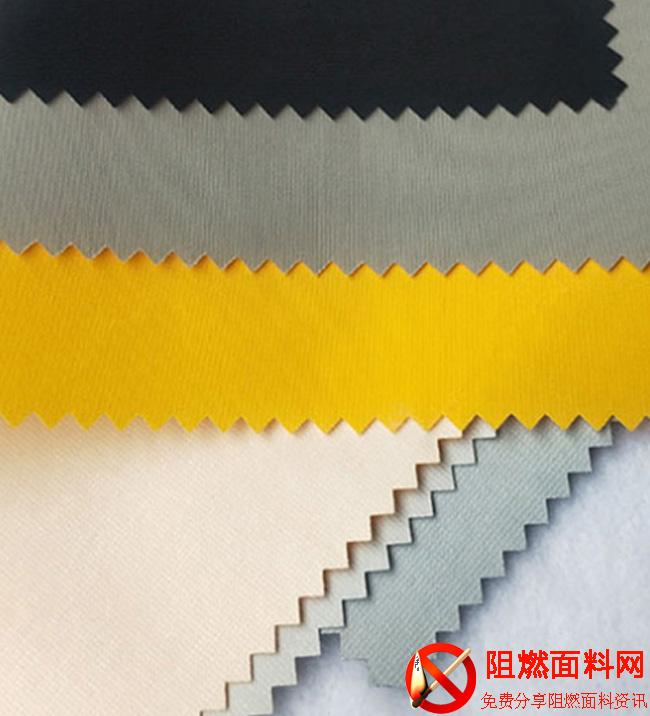Progress in application research of para-aramid pulp fiber
Progress in application research of paraaramid pulp fiber
Abstract: Para-aramid pulp fiber is a differentiated product of aramid filament. It retains the high strength, high modulus, excellent thermal stability and chemical stability of the filament, and at the same time it has relatively high The large specific surface area provides the possibility of bonding with the matrix material. This article reviews the application research progress of aramid pulp fiber, mainly including its application in reinforcing materials, friction materials, sealing materials, papermaking, etc.

0
Introduction
Para-aramid fiber was synthesized by DuPont in 1965 and industrialized in 1972. It is called aramid 1414 in my country. Para-aramid pulp fiber (hereinafter referred to as aramid pulp fiber) is a highly dispersed differentiated product obtained from aramid fiber after multiple fibrillation treatments. The fiber surface is plush and the main fiber length is 1.0~ 3.0mm, diameter 10.0μm, microfiber length 0.1~2.0μm, rough surface, and the axial tail end of the fiber is needle-shaped. Aramid pulp fiber retains the excellent physical and mechanical properties of aramid fiber, such as high strength, high modulus, good thermal and chemical stability, good wear resistance and high insulation. Compared with short fibers, it The specific surface area is larger, between 7 and 12m2/g, so that it has a larger contact area with the base material, and has a strong surface bonding force with the base material due to the “mechanical” meshing effect.
The amino content on the surface of aramid pulp fiber is more than 10 times higher than that of aramid filament, which makes it have better surface activity, so that it has good affinity with amide resin, and can also be used in the pulp. The interface and the matrix form hydrogen bonds to enhance the composite effect. The properties of high strength and high modulus prevent the aspect ratio from decreasing due to shear during the mixing process with the matrix. At the same time, during the processing and application of aramid pulp, it will not cause environmental pollution or affect the human body like asbestos fiber. health and other issues. However, since the entanglement of microfibers on the surface of aramid pulp fibers can easily cause uneven dispersion in the matrix material and affect product performance, surface treatment and modification are often used to effectively improve the properties of aramid pulp fibers. Surface properties. At present, the application research of aramid pulp fiber is mainly concentrated in the fields of reinforcing materials, friction materials, sealing materials, papermaking and other fields. The annual domestic usage is approximately more than 1,000 tons.
(a) and (b) are respectively microscope photos and scanning electron microscope (SEM) photos of pulp samples produced by Zhongfang Special Fiber Co., Ltd.

1
Application of aramid pulp fiber
1.1 Reinforcement materials
The surface of aramid pulp fibers is clustered with microfibers, has a large specific surface area, and has a large potential contact area with rubber. It also has a strong surface bonding force with rubber due to “mechanical” meshing, but the surface microfibers will become entangled with each other. knots, resulting in poor dispersion in the rubber matrix. Therefore, the application of aramid pulp fibers in the matrix is mostly improved through surface treatment and modification of aramid pulp fibers or modification of the rubber matrix.
1.1.1 Research on aramid pulp fiber reinforced rubber
A large number of rubber molecular chains can be attached to the aramid pulp fiber microfibers in the rubber matrix, which act as physical cross-linking points, limiting the movement of rubber macromolecules and being able to withstand stress. When the rubber is subjected to external tensile force, the aramid pulp fiber can be used as a stress bearing point to reduce the stress on the rubber macromolecules, making it less likely to be damaged, and the tensile strength and elongation at break of the rubber can be improved. . Good dispersion of aramid pulp fibers in the rubber matrix is the prerequisite for improving the mechanical properties of rubber.
In order to effectively improve the dispersion of aramid pulp fibers in the rubber matrix, DuPont of the United States developed Kevlar engineered elastomers. Compared with simply incorporating aramid pulp fiber into the rubber matrix, this elastomer has microfibers of aramid pulp fiber that are fully opened and difficult to re-tangle. As a rubber additive, this elastomer is added to engineering tire tread rubber. The material can extend the working life of tires. ParkNam et al. added zinc oxide (ZnO)-treated aramid pulp fiber to natural rubber and studied its application in the sidewall intercalation rubber of explosion-proof tires. The study showed that the mechanical properties of the intercalation rubber depended on the aramid pulp fiber. The increase in fiber dosage (1, 2, 3 parts) has significantly improved the compression permanent deformation. Jeffery S. Downcy et al. studied the reinforcing effect of aramid pulp fibers and short fibers on natural rubber. The results show that aramid pulp fibers exhibit an accordion effect in composite materials. As the amount of aramid pulp fibers increases, As it increases, its loss angle and loss factor gradually decrease.
There are currently few studies on the modification of aramid pulp fibers in China. Yang Bo et al. investigated the effect of aramid pulp fibers coated and modified with pyridine butyl latex and natural rubber latex on the properties of styrene-butadiene rubber composite materials. The results show that a flexible interface is formed between the fiber and the rubber matrix, and the interface adhesion is improved; the 100% and 300% modulus stress of the composite material is increased, and the composite material is�Paper-based friction materials, honeycomb reinforced materials, etc., these materials are widely used in key fields such as high-temperature insulation, aerospace, automobile manufacturing, transportation, and high-performance electronic equipment].
Merriman EA illustrates that modulating the electrical potential of aramid pulp fibers by controlling their pH is important for good formation of papers with high filler and latex contents. Cao Xuehong et al. comparatively analyzed the performance of imported aramid pulp fiber by jet spinning method and self-made pulp fiber by fibrillation method. They found that the tensile index of pure aramid pulp fiber paper base material was 12 times higher than that of the latter. . Wang Lamei et al. have concluded that the addition of aramid chopped fibers and aramid pulp fibers can improve the strength properties of aramid mica composite paper. When the total amount of aramid chopped fiber and aramid pulp fiber is 7%, and the ratio of the two is 2:5, the overall performance of aramid mica composite paper is the best. Si Jinghang et al.’s research on the impact of aramid pulp fiber content on paper properties shows that when the aramid pulp fiber addition amount is 10%, the flexural strength, tensile strength and tear strength of the paper reach the maximum value at the same time. The flexural strength is 620mN, the tensile strength is 11.21kN/m, and the tear strength is 4038mN.
In addition, relevant scholars have also conducted research on the application of aramid pulp fibers in insulation materials, ablation-resistant materials, and sports equipment.
2
Conclusion
Aramid pulp fiber retains the high strength and modulus of filament fibers and has a large specific surface area. It has been used in many fields, such as aerospace, radome, friction materials, sealing materials, sports equipment, etc. However, aramid pulp fibers have high crystallinity, low surface chemical activity, and poor bonding with the matrix material; at the same time, their microfibrils are numerous, easy to tangle with each other, and difficult to disperse in the matrix, and usually require more time during use. Carry out modification treatment.
At present, most domestically produced aramid pulp fibers are mostly made from foreign products such as filaments or recycled waste materials, and are prepared through cutting and fibrillation processes. There is still a certain gap in performance compared with imported products. How to ensure product performance at low cost? Stability is the main problem currently faced by domestic manufacturing enterprises.






